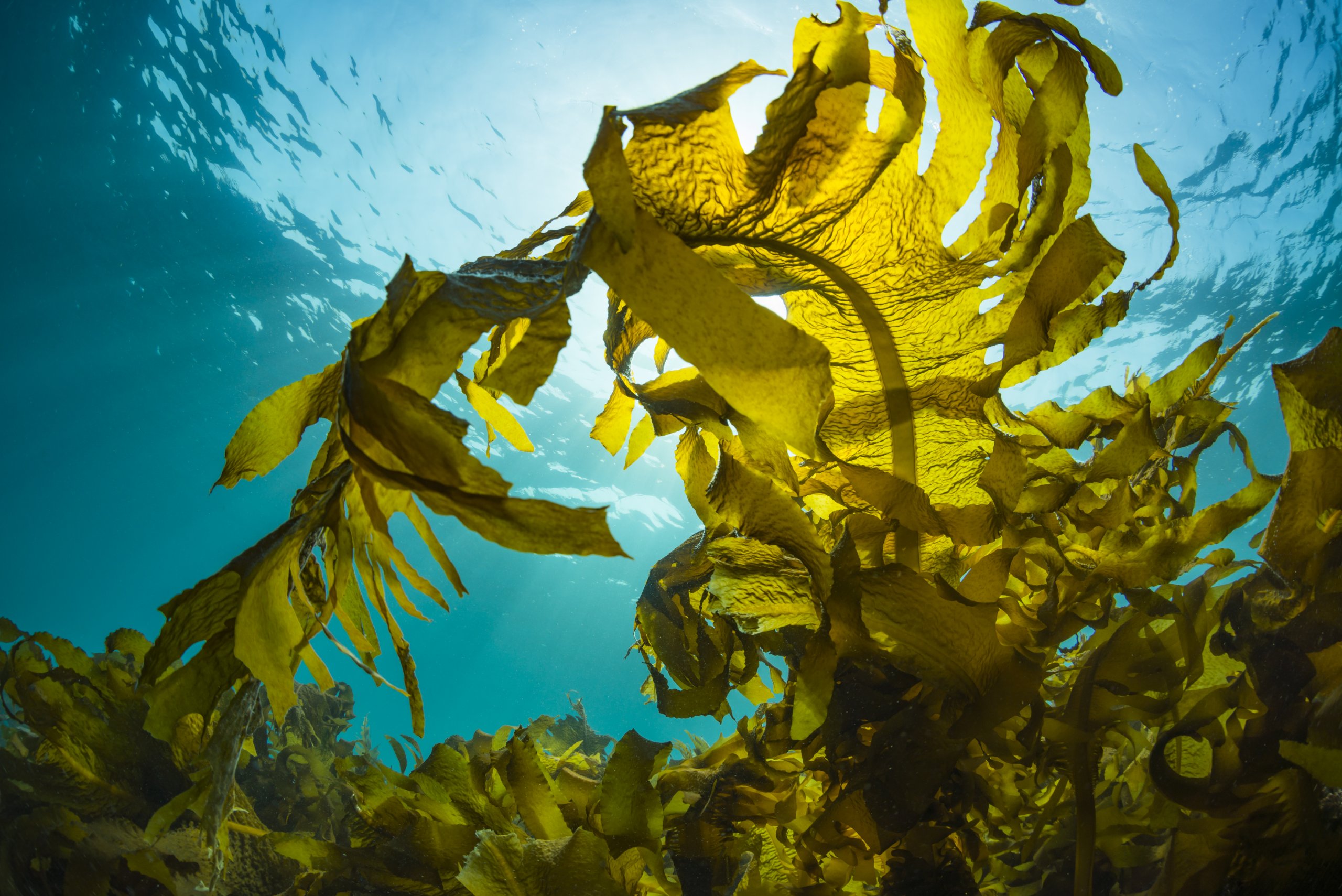The Untapped Power Of Seaweed: A Potential Food And Fuel Of The Future
Tags: opinion
From cosmetics and medicines to toothpaste, packaging, food, and fuel, seaweed seemingly offers a solution for a vast array of items.
A fast-growing algae, seaweed uses energy from sunlight while absorbing nutrients and carbon dioxide from the seawater. Scientists also believe it could help fight global warming.
Seaweed production has according to the UN’s Food and Agriculture Organization grown exponentially this century, with volume doubling between 2005 and 2015. More than 30 million tons are being processed annually and the market is now worth over $6bn.
Seaweed is most often used in human food. However, cosmetics, medicines, toothpaste, and pet food often contain hydrocolloids derived from the plant, due to its gel-like nature.
Other seaweed products are being worked on, including biodegradable packaging, water capsules, drinking straws, textile and plastic alternatives.
Ocean Rainforest from the Faroe Islands is one of several seaweed companies that have sprung up in Europe in recent times. However, the vast majority of commercial harvesting happens in Asia.
The labor-intensive process of harvesting is one reason it has been slow to catch on in Europe and America. Mechanization and up-scaling are still needed for the west to make it a viable business.
Farming systems are also difficult to set up and there is usually no set formula; conditions for farming tend to be unique to the local area.
Is seaweed farming the future?
However, progress is certainly being made.
Ocean Rainforest, who harvest their crop naturally in the ocean, recently received funding from the US Department of Energy. They want the company to build a similar system in California – with the potential to produce biofuel.
Hey, are you on Instagram? Check out the official Truth Theory Instagram page HERE, we upload new content every day.
Other companies are growing seaweed in on-shore ponds and tanks. For one thing, this enables the producers to more easily regulate the climate and conditions.
One example of an inland farm is AlgaPlus in Portugal. Canada and South Africa also have inland farms.
There is still some way to go before seaweed becomes a viable option for producing fuel and some of the other uses being researched. But then again, technologies such as solar and wind energy were also once too costly to be realistic solutions.
Read more: Bird Deaths Drop By 70% After Painting Wind Turbine Blades Black
Image Credit: Joseph Belanger

Leave Comment: